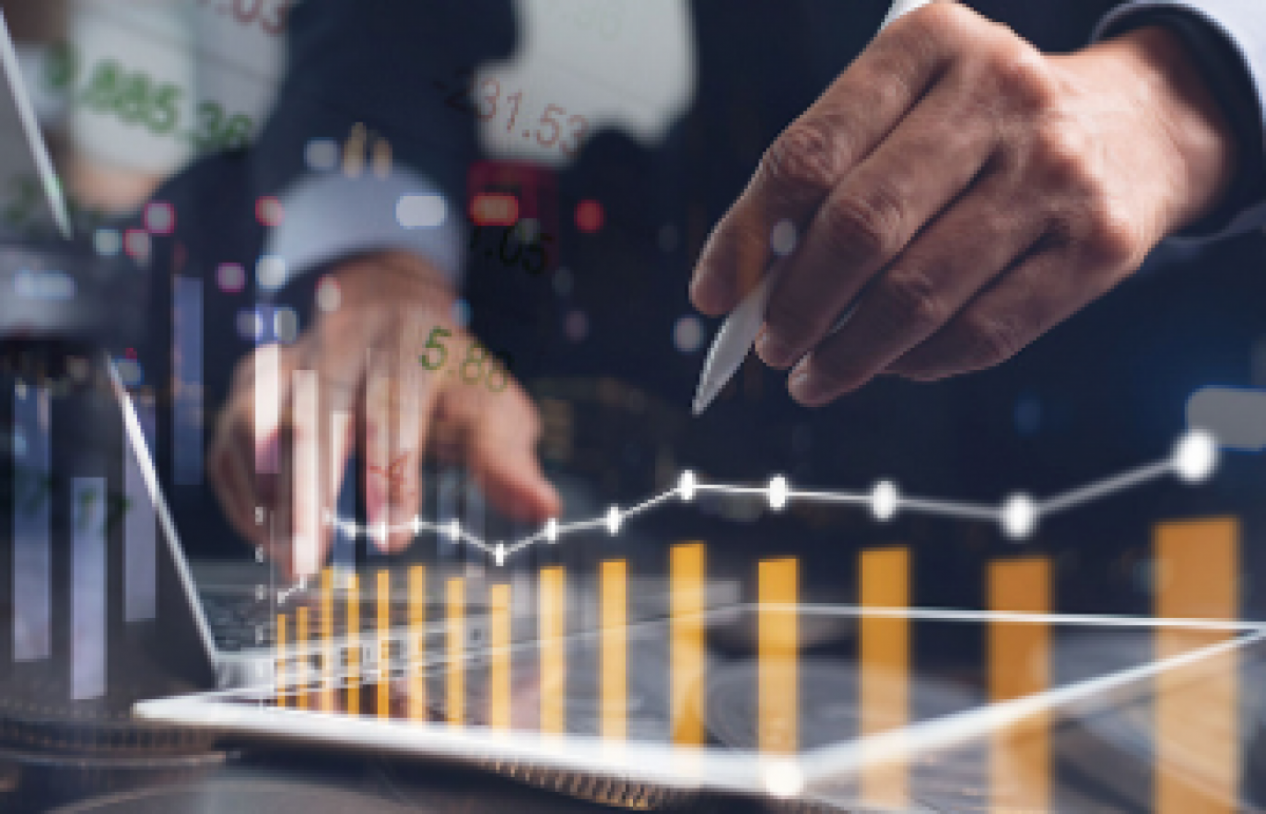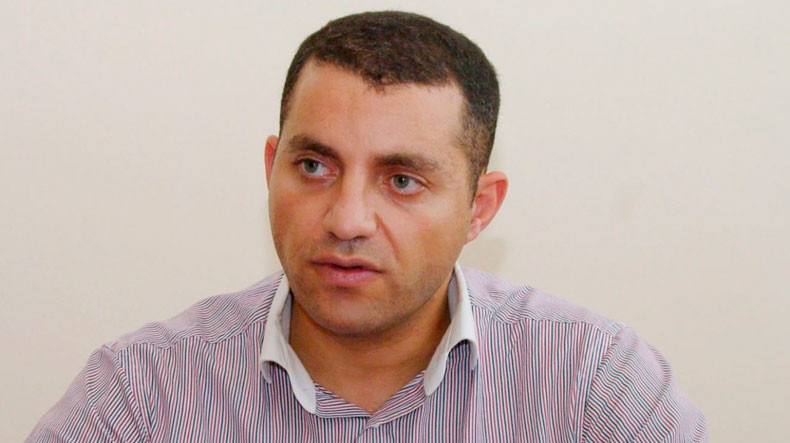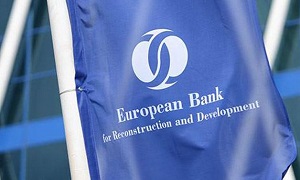
The forecast on ensuring the double-digit growth rate of the Armenian economy at the end of the year remains in force, acting Economy Minister Vahan Kerobyan has recently said.
"As you can see, all international financial organizations, the Central Bank and the government have adjusted their forecasts, significantly raising them. Business must understand that, in general, forecasts for the economy are positive," Kerobyan said. At the same time, the minister, without naming specific figures of his own forecast, said that 6% GDP growth (previously announced by the acting prime minister - ed.) is a conservative forecast.

To begin with, let’s try to check whether the forecasts of international financial organizations are so positive, as Kerobyan claims.

The World Bank (WB) left Armenia's GDP growth forecast unchanged - 3.4% in 2021, with an acceleration to 4.3% in 2022 and 5.3% in 2023 (against an actual decline of 7.4% in 2020), reads the new June report of the World Bank ‘Global Economic Prospects,’ GEP.
Even less optimistic is the report of the International Monetary Fund (IMF). GDP growth in Armenia in 2021 is projected at 1%, according to the April World Economic Outlook.
Along with this, recently the International Development Association (IDA - a credit organization that is part of the World Bank group) prolonged the earlier decision to cancel the application of an additional interest rate (1.7% per annum) for a number of loans for another year, provided to Armenia.
On June 28, the World Bank informed that the appeal of the Armenian side (Armenian Ministry of Finance - ed.) was satisfied, and the interest rate won’t be applied during the 2022 financial year (from July 1, 2021 to June 30, 2022). Armenia substantiated its appeal by the deterioration of the socio-economic situation, the slow pace of economic recovery due to the coronavirus pandemic and the post-war situation
Regarding the International Monetary Fund (IMF), in October 2020, the organization forecast Armenia's GDP growth in 2021 at 3.5%. According to the new estimates of the fund, GDP growth in Armenia in 2021 is expected at the level of 1%. In 2022 the country's economy will still grow by 3.5%. Inflation in the country in 2021, according to the experts of the fund, will be 3.9%, in 2022 - 3.2%.

The expectations of the European Bank for Development and Reconstruction are much less positive than the forecasts of the Minister of Economy of Armenia.
The bank predicts that Armenia's GDP in 2021 will grow by 4%, according to a regular review of the bank.
Earlier, the EBRD expected the country's GDP growth in 2021 at 5.5%. The bank predicts that Armenia's economic growth will accelerate to 5% in 2022.
In turn, the international rating agency Fitch Ratings expects a moderate recovery of the Armenian economy by 3.2% in 2021 and by 4% in 2022. According to a press release issued by the agency in March, this should improve the prospects for bank lending and income growth.
"Some risk aversion and continuing business uncertainty still weigh on growth appetite, further constraining potential for near-term profitability improvements," Fitch said.

As noted in the May issue of the macroeconomic review of the Eurasian Development Bank (EDB) for the bank's member states, economic activity in Armenia was recovering in the first quarter of 2021 - its decline slowed down to 2% year-on-year (minus 7.3% year-on-year in January-February 2021).
The economy of Armenia, according to the EDB, will grow by 3.3% in 2021 due to the recovery of income from exports, tourism and remittances, the report says.
Armenia’s economic growth in the state budget for 2021 is foreseen at 3.2%, and inflation is set at the level of 4% (±1.5%).
In mid-June of this year, the Central Bank of Armenia improved its forecast for economic growth in the country, up to 4.6% at the end of 2021.
As noted earlier, the World Bank predicts that the Armenian economy will grow by 3.4% in 2021, 4.3% is expected in 2022, and 5.3% in 2023. The IMF expects GDP growth in Armenia in 2021 at the level of 1%.
According to S&P Global Ratings, Armenia's real GDP growth will be 2.5% in 2021 and 4.5% in 2022-2023, after falling by 6.9% in 2020.
Fitch Ratings expects a moderate recovery of the Armenian economy by 3.2% in 2021 and 4% in 2022.
The forecasts presented by the official structures of Armenia and international financial organizations, including those mentioned above, in no way justify the “double-digit indicator” of GDP growth promised by the Minister of Economy for the year. The current state of business activity in the country also doesn’t give grounds to expect such a rapid acceleration of economic growth dynamics by the end of this year.
What is the basis of such a “prediction” of the country's chief economist? Maybe the statistics data can back it up?

According to preliminary data from the National Statistical Committee of the republic, in January-May 2021, an economic growth of 4.3% was registered compared to the same period in 2020.
At the same time, in May this year, compared with May 2020, the indicator of economic activity increased by 10.9% at once, and compared with April 2021 - by 2%.
According to the presented data, in January-May 2021, the volume of industrial production amounted to approximately 840,701.6 million drams, having increased by 2.3% compared to January-May 2020. At the same time, in May 2021 compared to May 2020, this indicator increased by 7.9%, and compared to April 2021 - by 3.4%.
Meanwhile, even such indicators that inspire some optimism at first glance do not fully characterize the real state of affairs.
The low base effect in economy occurs when an indicator's impressive growth rate is attributed to its extremely low starting point. For example, an increase in the number of orders from 1 to 5 indicates a 400% increase. For comparison, the increase in the number of orders from 500 to 510 in statistics is reflected only as 2% growth despite the large absolute value of the increase (10 versus 4).
To understand economic growth trends, the low base effect needs to be considered, as the second quarter of 2020 had the largest recession, Tigran Jrbashyan, Director of the Ameria Management Consulting Service, told the media.
He noted that growth in the second quarter was expected at 10% amid a strong decline in the second quarter of 2020. “On an annualized basis, our forecasts amounted to 4.5-5% growth, taking into account the phenomenon that in the third and fourth quarters the effect of the low base will decrease and, therefore, the growth rate will be 5-7% compared to the previous year, which, given the effect of interaction and a decline of 3.3% at the end of 2020, in general, will lead to an increase of 4.5-5% at the end of the year,” Jrbashyan said.
According to the expert, there are four main areas that ensured GDP growth: the public sector, energy, IT and the mining industry, two sectors where there is no growth for now are the entertainment sector and the manufacturing sector. Agriculture is at a zero level and doesn’t show growth tendencies, Jrbashyan said.
Thus, we are convinced that even taking into account the relatively high preliminary indicators of economic growth in the first quarter of this year, it is possible to speak of a double-digit GDP growth based on its results only formally, since due to a sharp decline last year, such progress can provide only insignificant improvement of the situation in comparison with the pre-crisis one.




















